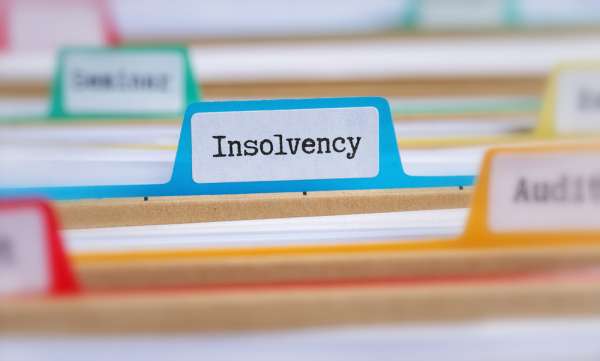If you are trying to collect a business debt and do not wish to issue court proceedings, you may be able to commence insolvency proceedings.
What does the law say?
Pursuant to the Insolvency Act 1986, when considering a winding-up petition or bankruptcy petition, the court must be satisfied that there is a debt that is due and payable. Insolvency proceedings should not be used to resolve debts that are genuinely and substantially disputed. A winding-up or bankruptcy petition can only be presented where the debtor has demonstrated an inability to pay the debt.
The case of Sell Your Car With Us v Sareen demonstrated that neglecting to pay a sum demanded in a statutory demand is satisfactory evidence for the court to find that the debtor is unable to pay its debt. Other key points arising from this case are:
- Insolvency proceedings are an acceptable method of collecting an undisputed debt.
- Companies and individuals with substantial assets can be presented with a winding-up or bankruptcy petition if they have neglected to pay a sum demanded in a statutory demand.
- Insolvency proceedings should not be used where the debtor has a genuine dispute or counterclaim. However, if the court decides that the debtor’s dispute or counterclaim would inevitably fail, creditors should still be allowed to recover debts via insolvency proceedings.
What are the advantages and disadvantages of using insolvency proceedings to collect a debt?
Advantages:
- The threat of bankruptcy or winding-up proceedings can be a powerful incentive for a debtor to pay, given the serious nature of insolvency proceedings.
- The preparation and service of a statutory demand can be quicker and cheaper, resulting in payment of the debt or at the very least allowing the debtor to present reasons as to why the debt is not owed.
- It may be possible to obtain a winding-up or bankruptcy order within about six weeks of presenting a petition.
- If the court grants a bankruptcy or winding-up order, the trustee in bankruptcy or liquidator will take control of all the debtor’s assets. Trustees and liquidators have wide-ranging investigative powers and can bring legal proceedings themselves in order to maximise the assets available for distribution to the debtor’s creditors.
Disadvantages:
- Commencing insolvency proceedings is often seen as very aggressive and can have a negative impact on any ongoing business relationships.
- Serving a statutory demand may not result in payment, and the next steps would be issuing court proceedings or presenting a bankruptcy petition or winding-up petition, which can be very costly.
- If a debtor can raise an arguable defence as to why the debt is not owing, then in certain circumstances, statutory demands can be set aside or bankruptcy or winding-up proceedings dismissed by the court. If this happened, you would have to proceed by issuing court proceedings.
- Some judges do not like creditors using insolvency proceedings as a way to collect unpaid business debts and may provide the debtor with ample opportunities to either dispute or pay the debt. This can slow down the process by which the outstanding business debt is recovered and increase costs that you are unlikely to recover in full.
- There are various ways in which a company or individual can seek to frustrate or delay the proceedings meaning it could take a considerable period of time to obtain a winding-up or bankruptcy order.
- Commencing winding-up proceedings may trigger default under a company’s loan facilities which may lead to the company’s lenders taking control of the proceedings and removing any prospect of other creditors receiving an early payment.
- Winding up and bankruptcy are class remedies. Once a winding-up or bankruptcy petition has been presented to the court, any other creditor of the company may support the petition and seek a winding-up or bankruptcy order even if the debtor pays the original petition debt and the original petitioner does not seek to pursue the winding-up or bankruptcy petition.
- The amount of the dividend paid to unsecured creditors will often be only a few pence for each pound of debt and maybe nothing at all.
- Even where there are assets available for distribution, there is often a substantial delay of months or even years between a winding-up or bankruptcy order being made and the payment of a dividend.
What steps have to be followed when using insolvency proceedings to collect a business debt?
The first step in insolvency proceedings is normally to serve a statutory demand, which is a formal demand for the payment of a debt. This demand gives the debtor 21 days to make payment of the debt in full. The debtor is subsequently warned that failure to make payment will mean that a bankruptcy or winding-up petition will be presented.
If the debtor is a sole trader, the debt has to be over £5,000 to take insolvency action. A statutory demand would be sent, followed by the presentation of a bankruptcy petition. If the debtor is a company, for example, a limited company, the debt has to be over £750 to take insolvency action. A statutory demand would be sent, followed by the presentation of a winding-up petition.
Here to help
If you would like further information about how we can help your business recover its business debts and what options are available to you, please do not hesitate to contact a member of our Business Debt Recovery Team using the contact details below.

